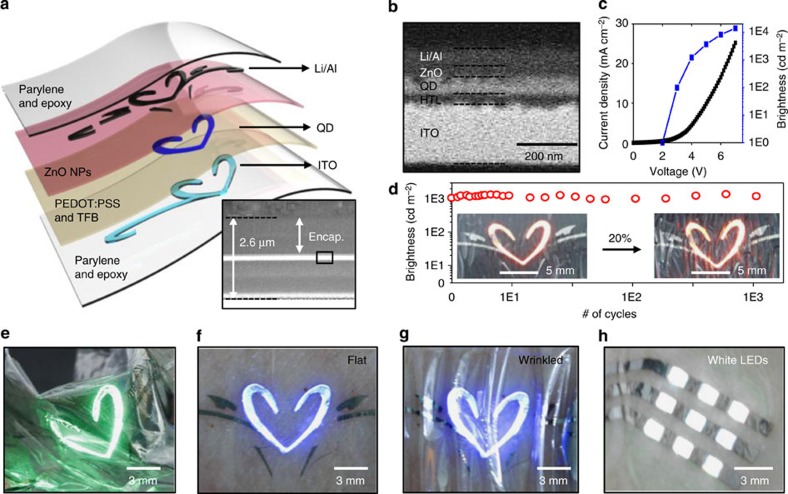Figure 4. Electronic tattoo demonstrations using ultra-thin wearable QLEDs.
(a) Exploded view of the electronic tattoo, which shows the layer information of the device. The inset is a cross-sectional scanning electron microscope (SEM) image of the electronic tattoo in which the thickness of the encapsulation and active layers are shown. (b) Magnified view of the cross-sectional SEM image (inset of Fig. 4a) that shows the detailed layer information of active layers. (c) The J–V–L characteristics of the ultra-thin, wearable QLEDs. (d) Stable brightness in multiple stretching experiments (∼20%, 1,000 times). The inset shows photographs of buckled and stretched ultra-thin red QLEDs (0 and ∼20%, left and right). (e) Optical image of ultra-thin green QLEDs laminated on crumpled Al foil. (f,g) Photographs of the electronic tattoo (blue QLEDs) laminated on the human skin (f). The wearable QLEDs maintain the original optoelectronic performances even under skin deformations (g). (h) Optical image of wearable PWQLED arrays laminated on the human skin.

